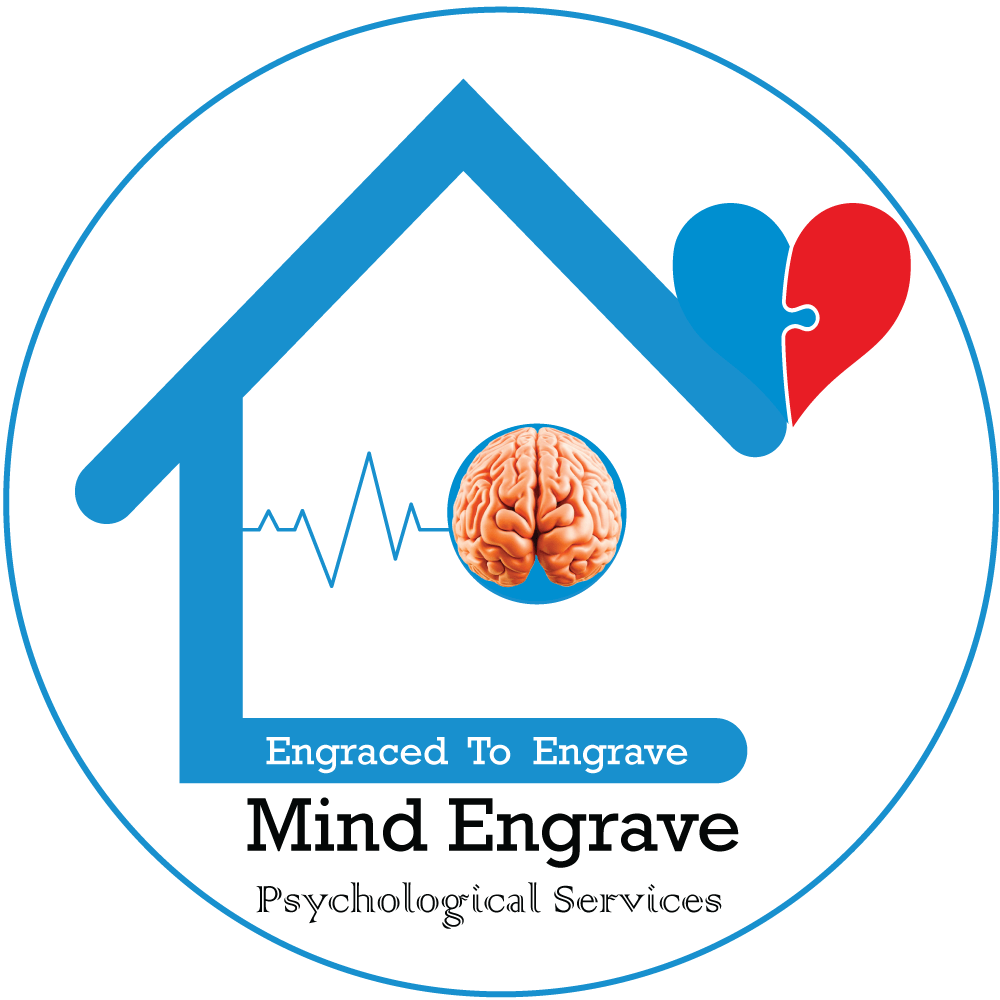Mind Engrave Clinic
Patient Health Questionnaire-9 (PHQ-9)
The PHQ-9 is a multipurpose, short validated instrument for screening, diagnosing, monitoring, and measuring the severity of depression. It can be used to assess adults, teens, and professionals. PHQ-9 offers a focused, reliable screen for depressive symptoms. Complete the nine items based on the last two weeks. The PHQ-9 score guides next steps and supports clinical judgment.
Over the last 2 weeks, how often have you been bothered by the following problems?
Interpretation of PHQ-9 Score
Provisional Diagnosis
Each item scores 0 (Not at all) to 3 (Nearly every day). Add all item scores. Total range: 0–27.
- 0–4: Minimal or none
- 5–9: Mild
- 10–14: Moderate
- 15–19: Moderately severe
- 20–27: Severe
For professionals: Use clinical judgment. Repeat screening, combine with clinical interview, and consider comorbidities. For teens, evaluate family and school impact.
Proposed Treatment Actions for Patient Health Questionnaire-9
- 0–4: Monitor; Self-care and Psychoeducation.
- 5–9: Offer brief interventions; follow-up in 2–4 weeks.
- 10–14: Develop a treatment plan that may include counseling, follow-up, and/or pharmacotherapy.
- 15-19: Active management using pharmacological therapy, psychotherapy, or both.
- 20-27: Begin medication without delay, and if symptoms are severely disabling or treatment response is inadequate, fast-track referral to a mental-health professional for therapy and/or collaborative care.
Who benefits from this test:
- Professionals: Use the scores as part of measurement-based care and documented treatment planning.
- Adults: Use the test scores for routine screening in primary care and mental health settings.
- Teens: Use alongside family and school impact questions; consider age-appropriate follow-up.
How to use results
Use the Patient Health Questionnaire-9 as a screening step. It does not replace a diagnostic interview.
Adults and teens: If results show moderate or higher symptoms (score ≥10), seek a clinical assessment. Also, follow safety guidance if item 9 flagged.
Professionals: Pair PHQ-9 results with functional assessment, risk evaluation, and structured clinical history. Use measurement-based care to track progress over time.
Note: This Patient Health Questionnaire-9 test provides screening information only. It does not replace professional diagnosis. If you are in crisis, call local emergency services now.
Notes for Professionals
Patient Health Questionnaire-9 is widely used in primary care and mental health settings. This test functions as a validated screening tool. Also, consider alternative screening for adolescents where clinically indicated. Document scores and follow-up plans.
Note:
All calculations occur on your device. No information you enter is transmitted to our servers.
Sources:
- Kroenke K, Spitzer RL, Williams JB. The Patient Health Questionnaire-2: Validity of a Two-Item Depression Screener. Medical Care. 2003;41:1284-92.
- Kroenke K, Spitzer RL, Williams JB. The PHQ-9: validity of a brief depression severity measure. J Gen Intern Med. 2001;16:606-13.
- Kroenke K, Spitzer RL. The PHQ-9: a new depression diagnostic and severity measure. Psychiatr Ann. 2002;32:509-21.
Note: To learn more about how PHQ-9 works and its clinical background, check PHQ-9 overview.








